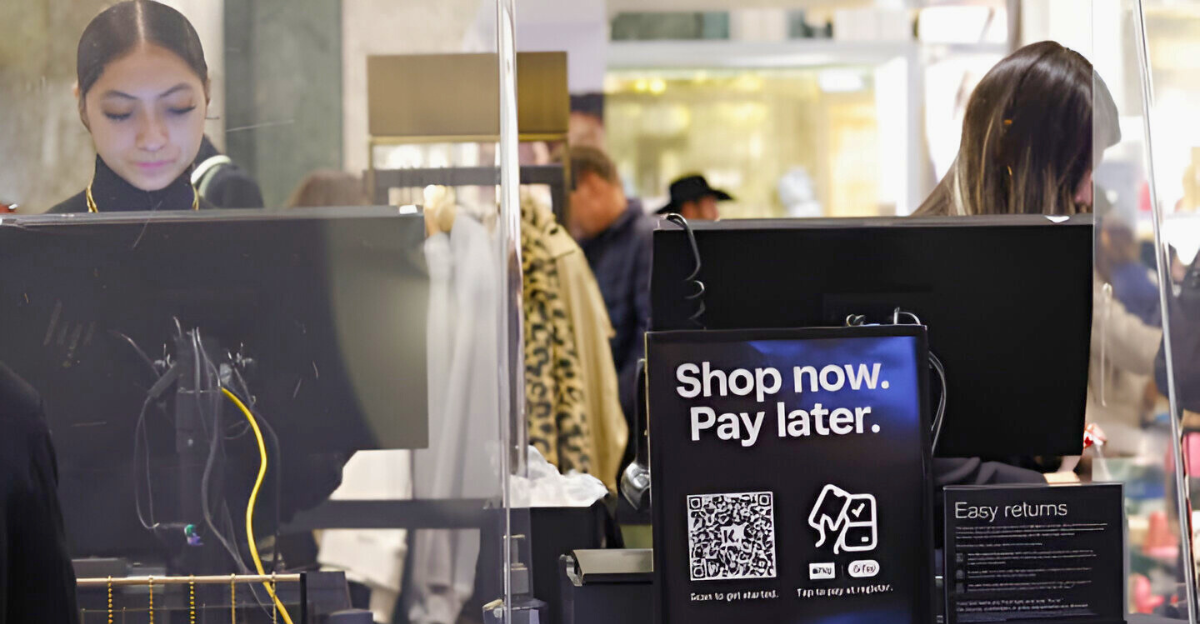
Buy Now, Pay Later (BNPL) has always felt like a harmless workaround; four interest-free payments, no credit check, and instant gratification. Well, that era is officially over.
As of this June, FICO’s new scoring system now tracks BNPL transactions. For millions of Americans, especially younger shoppers, the stakes have never been higher. While the average impact on credit scores may be modest for most users, missed payments or excessive borrowing could still haunt your financial future. Here’s what it means for the way we shop, spend, and save.
Fast Fashion, Slow Burn
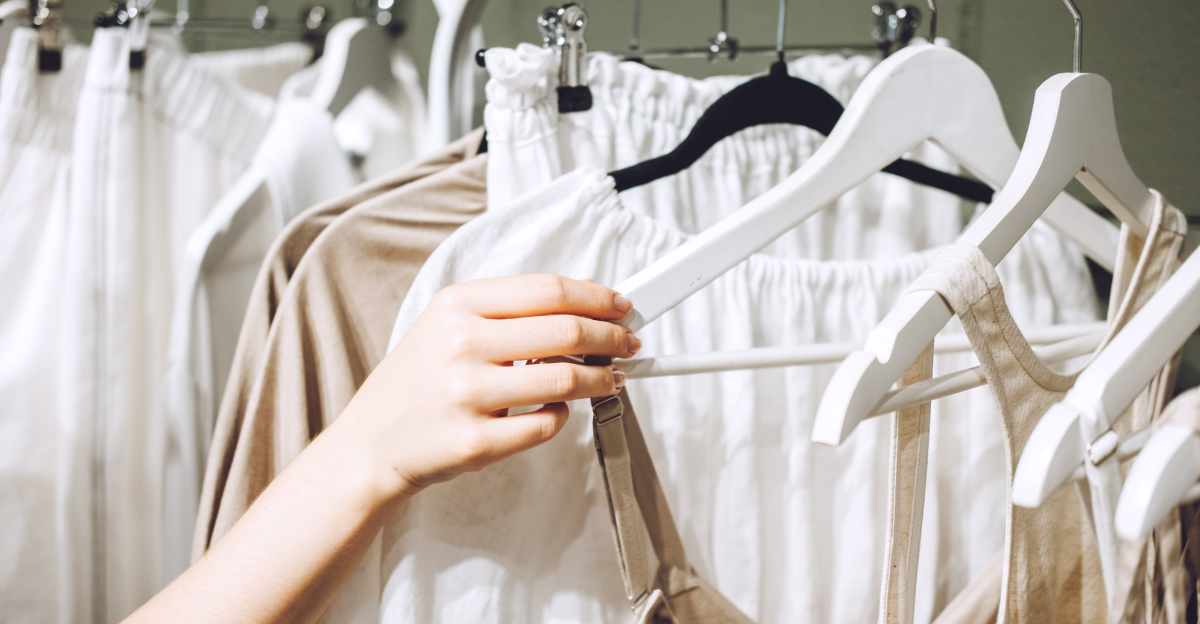
BNPL has quietly reshaped our spending habits. Users are 44% more likely to be impulsive when buying luxury products, and most aren’t covering essentials, they’re buying fashion and beauty. Klarna even admits its users spend more and come back often.
The model works because it removes the sting of spending. Weekly BNPL use increases household spending by about $60, pushing budgets up by 30%. For many young shoppers, that cute $80 jacket isn’t just a splurge, it’s part of a growing pile of invisible debt that’s rarely repaid in full.
BNPL’s Fashion Fixation Is No Accident
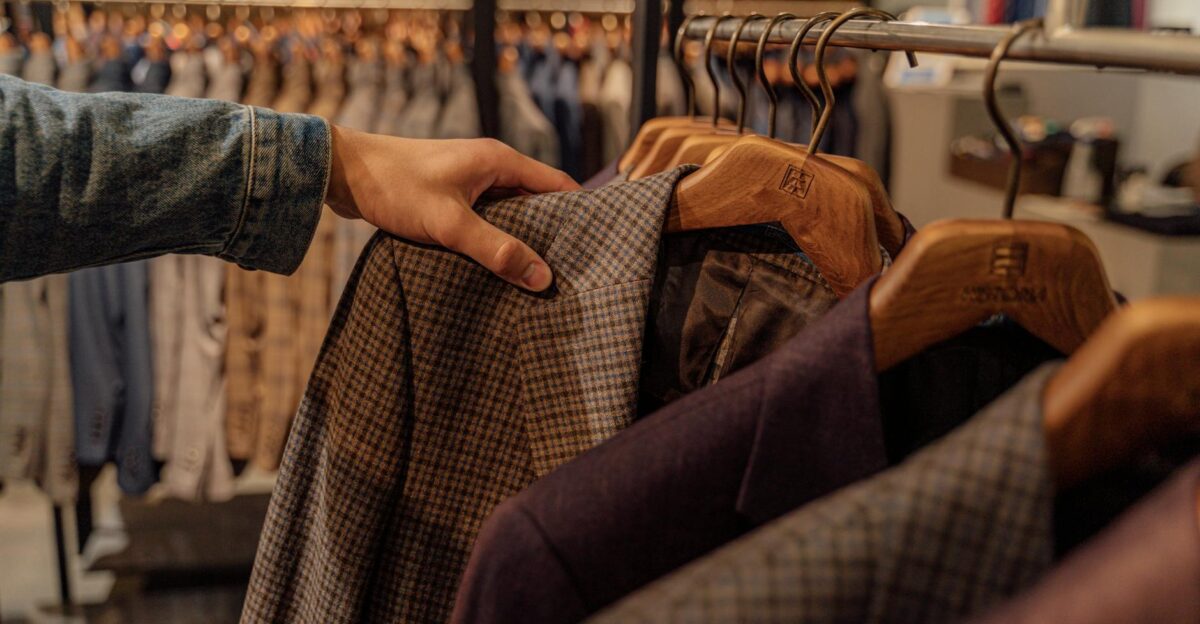
The fashion industry didn’t just adopt BNPL, it built its modern checkout around it. In 2021 alone, fashion and beauty made up nearly 59% of BNPL transactions. Brands leaned into it hard, especially as cart abandonment surged past 68%. The appeal? BNPL lets style-seekers access trendier, pricier pieces in bite-sized payments. And shoppers noticed; Cardify found nearly half of consumers say BNPL lets them spend up to 20% more.
For those chasing personal style, it’s seductive. But that “elevated look” may come with an unseen price. This emotional spending shift has already set off alarm bells.
The End of the Invisible Credit Era
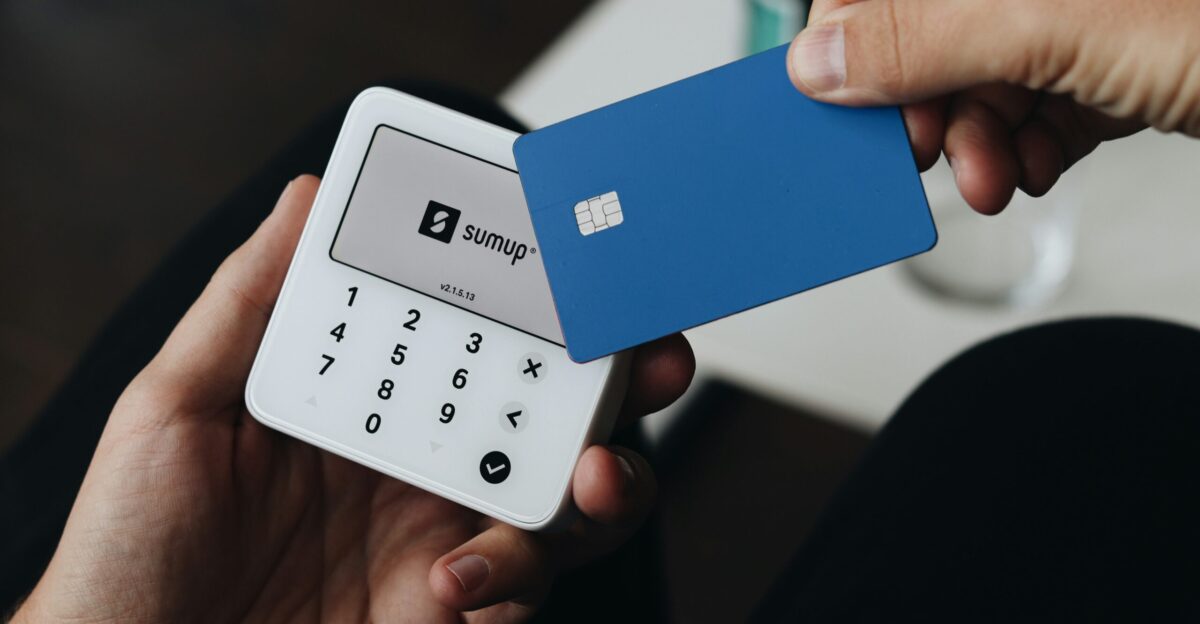
As of June 2025, FICO’s new BNPL scoring models are live, and those once-private payments now shape your credit profile. Every “Pay in 4” plan gets factored in, just like credit card debt.
Bankrate found that 49% of BNPL users ran into issues, mostly tied to overspending. Even more concerning, 41% missed at least one payment in the past year. While FICO notes that over 85% of users will see a credit score change of fewer than 10 points, those with repeated delinquencies could face real consequences. The credit fallout won’t stay hidden anymore, and for some, it may hit sooner than expected.
The Generation Most at Risk

No group embraced BNPL more fully than Gen Z, and no group is feeling the shift more sharply. 65% of Gen Z users plan to use BNPL even more in 2025, but that confidence could backfire. Many rely on BNPL to bridge everyday costs, using it for essentials like groceries and clothing. But with no traditional credit checks and rising debt loads, they’re more likely to juggle multiple BNPL loans at once.
Now that lenders can see these patterns, a borrowing system built on ease may become a credit liability. The question isn’t if they’ll be affected, it’s how deeply.
Gen Z and Millennials: The Frontline of Phantom Debt

Younger generations haven’t just adopted BNPL, they’ve made it a way of life. During the 2024 holidays, Gen Z used BNPL more than credit cards, marking a cultural shift. And it’s not limited to fashion. Groceries, gas, rent, it’s all being split into installments. The fallout is growing: 41% of users missed payments in 2025, with Millennials not far behind.
According to the Federal Reserve, nearly 1 in 4 BNPL users paid late last year. What began as a convenience has become a generational risk, threatening everything from credit scores to career prospects. For millions, the debt is becoming hard to escape.
Long-Term Consequences Could Be Brutal
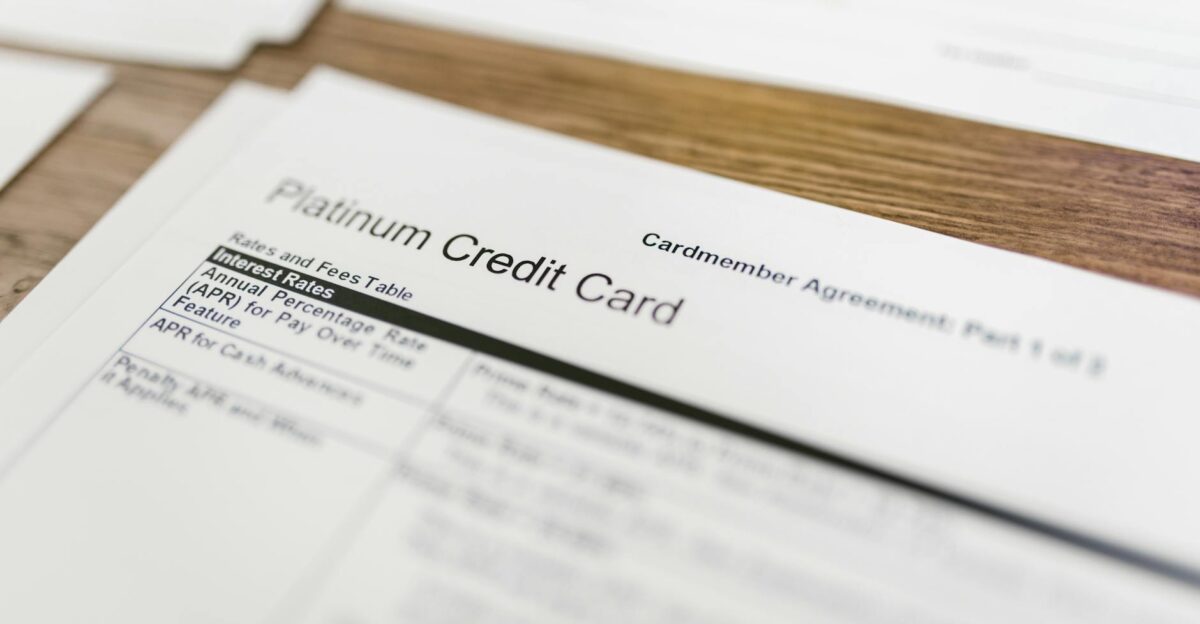
You think this will only affect your credit score? Think again.
Missed BNPL payments could tank your chances of getting a mortgage, or cost you thousands more in interest. While not all employers or insurers use credit data, poor credit can still affect job prospects and raise insurance premiums in certain states.
Even your insurance premiums could rise. What starts as a $90 pair of boots could quietly cost you far more in the long run. The ripple effects are real now, and they’re gaining speed. What once felt harmless is becoming a long-term liability. And the scariest part? Most people won’t realize the damage until it’s already done.
Global Regulation Ramps Up—But the U.S. Lags Behind

While countries like the UK and Australia are moving fast to regulate BNPL, the U.S. response remains fractured. The UK passed national legislation in May 2025, with full rollout expected in 2026. Australia followed in June, requiring credit licenses and responsible lending.
But in the U.S., the CFPB pulled back enforcement, and only New York has passed state-level licensing. That’s where FICO’s new BNPL scores step in. It’s worth noting that adoption of these scores is optional for lenders and will roll out gradually. For now, American users are navigating a system built for lenders, not borrowers.
It’s Not Just About Credit Scores—It’s About Values

Look closely, and a pattern emerges. The BNPL boom was fueled by emotion: desire, identity, accessibility. But so is the pushback. Consumers are looking for brands that align with their ethics, not just their aesthetic. They’re asking: Is this worth it? Will it last? How was it made?
Behind the data points are people navigating a complex economy with intention. The brands and payment strategies we choose reflect who we are. And that’s powerful. At the center of it all is a quiet revolution in how we define value.
Make the Shift, Protect Your Future
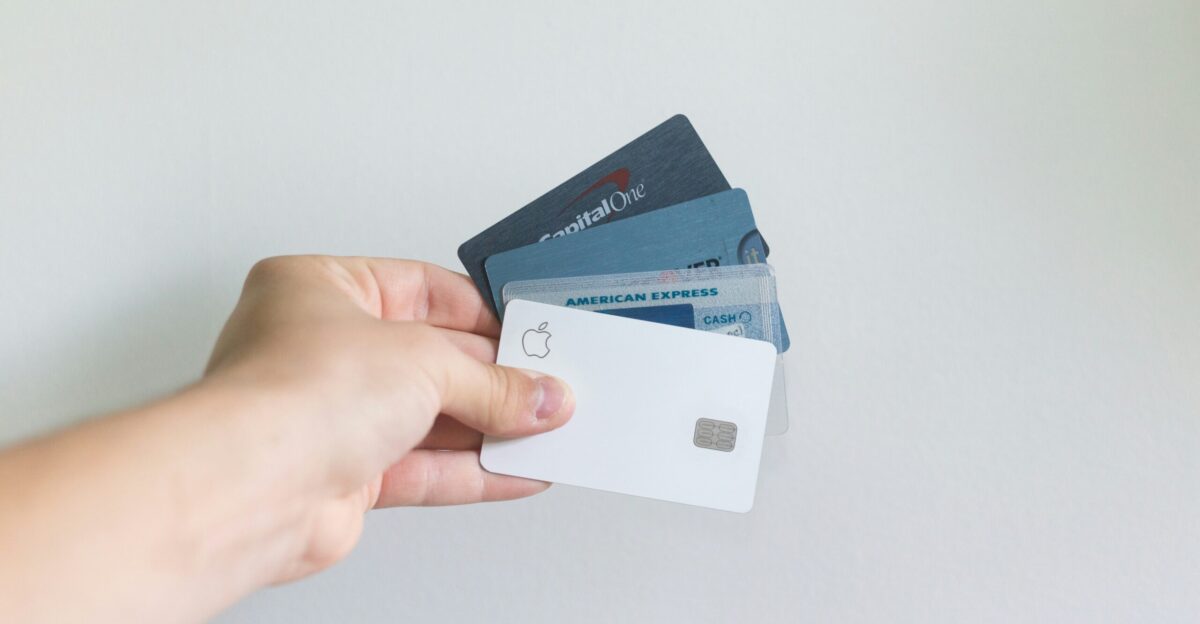
So, here’s the takeaway: next time that four-payment option tempts you, pause. Ask the real questions. Will this piece last? Do I really need it, or am I just caught in the moment? In 2025, buying smart means more than watching price tags. It means watching credit reports, building financial integrity, and aligning your closet with your core.
You don’t have to give up style to gain stability. You just have to make every swipe count. Thoughtful spending is the new norm. And now more than ever, it matters.